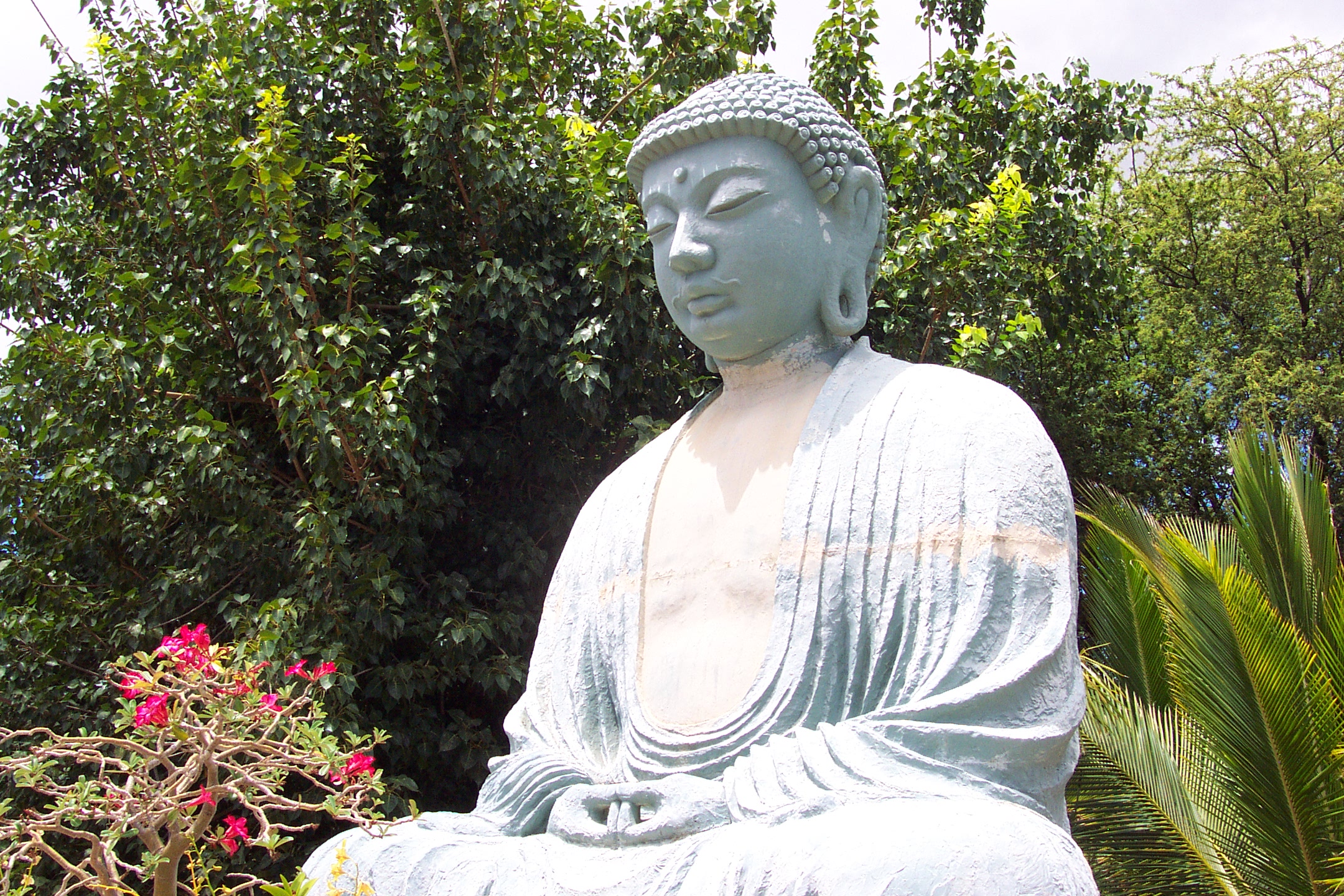There’s no rain, no rain clouds. It hasn’t rained more than a few drops for a month. Yet it’s midday and the sky is dark as dusk. But not that dark blue-grey verging on night black, but a red-orange gray, a color I’ve never seen before. Almost unnatural, certainly unusual; a color with a warning attached, a threat. Unnerving.
And the smell of the air is like fire, like burning leaves, trees, or garbage, and it tastes crunchy, topped with ashes. At first, yesterday, we only smelled and tasted it outdoors. But today, it has seeped indoors. Even the color has seeped in. No escape.
Over the last few days, it has gone from a health alert to an advisory, to hazardous. “Do not go outside for any unnecessary activity.” And if you do, wear a mask. This is one thing that COVID
has prepared us for.
Canada, especially Quebec and Ottawa, is burning. People in California, the Northwest and Southwest, have known this sky too well, along with people in many other areas of the world. And here in the US, in the Northeast, Northern Midwest, now we, unfortunately, also see and feel it. Our homes, workplaces, communities of nature are not burning, now, yet we share this burning sky, this coughing earth. New York City, for example, experienced the worst air quality it’s had on record.
Before this happened, when the days were clear, the sky blue and a fresh taste in the air, it might’ve been difficult to accept the reality of global warming. Now, it’s difficult to escape the taste of ash. The rich can mitigate it better than the poor, hide more comfortably, get faster and better treatment for scorched lungs, infected stomachs, stress. Yet, we all can be infected. Something else this climate emergency shares with COVID: we’re all in this together. When the earth itself is threatened, we’re all united in vulnerability, in no escape.
Yet yesterday, despite having read and written blogs about the climate emergency, I had a difficult time taking in and accepting what my senses were telling me. Yesterday, I went for a walk on my rural road. I had been somewhat aware that I should only take a short, moderately paced walk. But during the walk, a neighbor, driving home in the late afternoon, stopped her car to offer me a mask. I thanked her, we talked, then she drove on. And it hit me. I had not acknowledged the threat. I took off my hat and used it as a leaky mask. Today, no walk.
My wife also wouldn’t accept the reality of what she was feeling. She was gardening without a mask. She was already freaked out by the drought. Looking at, acknowledging the taste, color, and smell of the sky was too much for her to do.
But we have to acknowledge, accept it. ‘Accept’ meaning take in, look directly at what’s happening. The earth itself is burning, getting sick, coughing at us⎼ this is a warning. Take it seriously. Do more.
Do more to learn what we can do. Do more to hear what the earth itself is saying and what our own bodies are telling us….
*To read the whole article, please click on this link to The Good Men Project.




